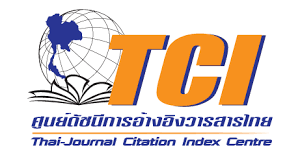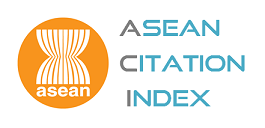The Differences in Perception towards the Progress of Recovery between Metropolitan and Coastal Areas in the Great East Japan Earthquake
Abstract
Abstract
As Japan continues its process of reconstruction from the Great East Japan Earthquake of 2011, several problems are widely being pointed out. One of the problems in disaster-hit regions is in the varying levels of recovery in different areas. The objective of this paper is to find possible causes of such disparities by comparing two cities in Miyagi prefecture, Sendai City, and Shiogama City. The comparison is based on two studies. The first is on the regional conditions including economic trends to identify the disparities that exist between the two areas. The second study is qualitative and is based on interviews of residents of the regions to verify how such disparities are influencing the people’s perceptions toward the progress of recovery. The results indicate that there are clear differences in the levels of the recovery in the two distinct areas, and that gap has significantly influenced their perceptions about the progress of recovery and their well-being. One significant finding from these two studies is that economic disparity is not the main cause of the difference in their perceptions toward the progress of recovery from the disaster as it is often stated in disaster studies, but such perception is due mainly to the disparity in their levels of satisfaction with their local community after the disaster, and that has significant implications for the people’s well-being. Based on these findings, the paper identifies lessons and proposes possible solutions to rectify these inequalities.
Keywords: disaster, the Great East Japan Earthquake and Tsunami, recovery, disparities, well-being

Indexed in


Search